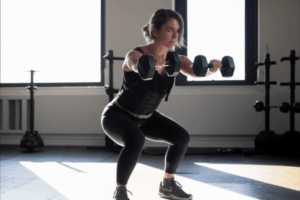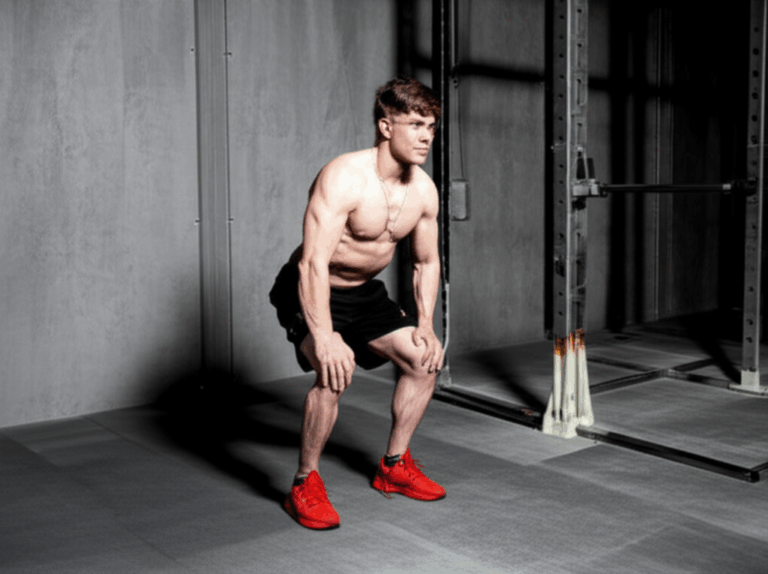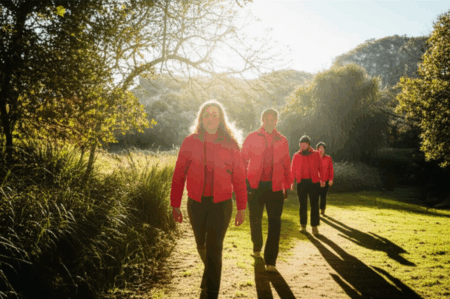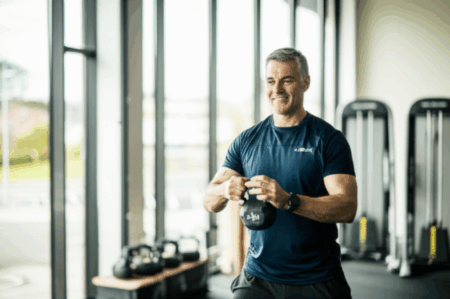Bruce Lee remains a timeless icon of martial arts, known not only for his groundbreaking philosophy and cinematic prowess but also for his extraordinary physical conditioning. Long before the era of highly specialized fitness regimens, Lee was meticulously crafting a workout routine in the 1960s that laid the foundation for his legendary speed, strength, and agility. What exactly did the “Little Dragon” do in the gym during this formative period? Examining his regimen from that era offers a fascinating glimpse into the dedication and scientific approach he applied to his physical development.
Lee’s 1960s training wasn’t just about building muscle; it was about cultivating a body optimized for martial arts, emphasizing practicality, flexibility, speed, and efficiency. His approach transcended traditional martial arts by integrating Western methods of physical fitness, including weight training, which was somewhat unconventional for martial artists at the time. This commitment to a well-rounded fitness regimen, which also included cardio and stretching, was crucial in his journey to establish himself in martial arts and acting, particularly during his time at the Hak Keung Gymnasium in Hong Kong.
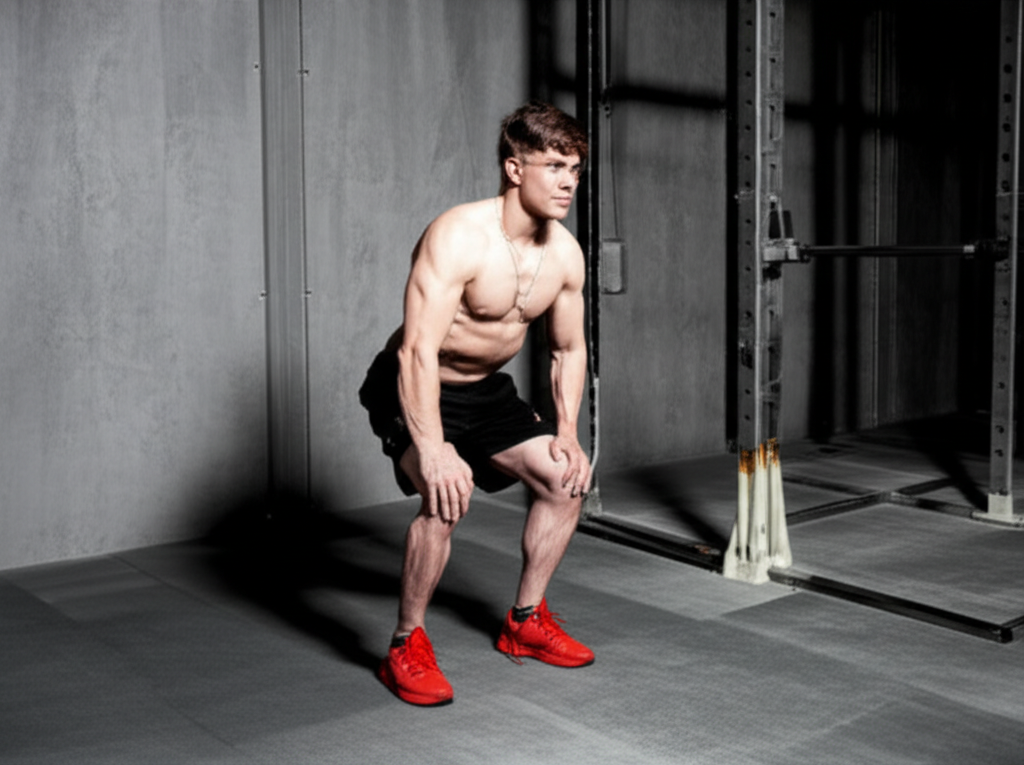
Bruce Lee’s Weight Training Routine from the 1960s
Bruce Lee’s weight training during the 1960s, specifically a program that has recently gone viral, shows a clear focus on specific muscle groups, particularly his arms. While the exact order of exercises might seem unconventional by modern standards, it provided him with a robust foundation. It’s important to note that this was likely a targeted arms cycle as part of a larger split, as he also incorporated full-body training on different days, alongside his extensive martial arts practice and daily running.
Here’s a breakdown of the specific exercises found in his 1960s routine:
Leg and Core Strength
- Squat: 3 sets of 10 reps with 43 kg (95 lbs). This exercise targeted his lower body strength, deemed sufficient given his need to remain light and agile for martial arts.
- Sit-up: 5 sets of 12 reps. Lee included sit-ups to build and maintain trunk strength, essential for martial arts.
- Calf Raise: 5 sets of 20 reps (bodyweight). These were likely included to build calf size, ankle, and lower limb strength, supporting his daily running.
Arm and Upper Body Development
Lee’s workout was notably “arm-heavy,” with a significant portion dedicated to biceps and triceps.
- French Press (Tricep Extension): 4 sets of 6 reps with 29 kg (64 lbs). This exercise, likely performed with a barbell, demonstrated his superior arm strength and focused on tricep development. He reportedly included this exercise twice in the program.
- Incline Curl: 4 sets of 6 reps with 16 kg (35 lbs). Targeting the long head of the biceps, incline curls encourage a larger range of motion and increase potential for muscle growth.
- “Con” Curl (Concentration Curl): 4 sets of 6 reps with 16 kg (35 lbs). A bodybuilding staple, concentration curls work both heads of the biceps and enhance mind-to-muscle connection by isolating one arm at a time.
- Push-Up: 3 sets of 10 reps (bodyweight). Included to work the chest and shoulders, offering some relief to his heavily trained arms.
- Two-Hand Curl (Standard Bicep Curl): 3 sets of 8 reps with 32-36 kg (up to 80 lbs). This was a staple for overall bicep development.
- Reverse Curl: 4 sets of 6 reps with 29 kg (64 lbs). These curls work the biceps and forearms, significantly improving grip strength, which was beneficial for his martial arts practice.
- Wrist Curl: 4 sets of “infinite” reps (to failure) with 29 kg (64 lbs), and another 4 sets of wrist curls with 4.5 kg (10 lbs) to build forearm muscle mass and muscular endurance.
- Dumbbell Circles: 4 sets with 6.8 kg (15 lbs). These were likely used to build muscular endurance in the deltoids.
- Tricep Stretch: A 3-minute hold with 8 reps, likely included for flexibility.
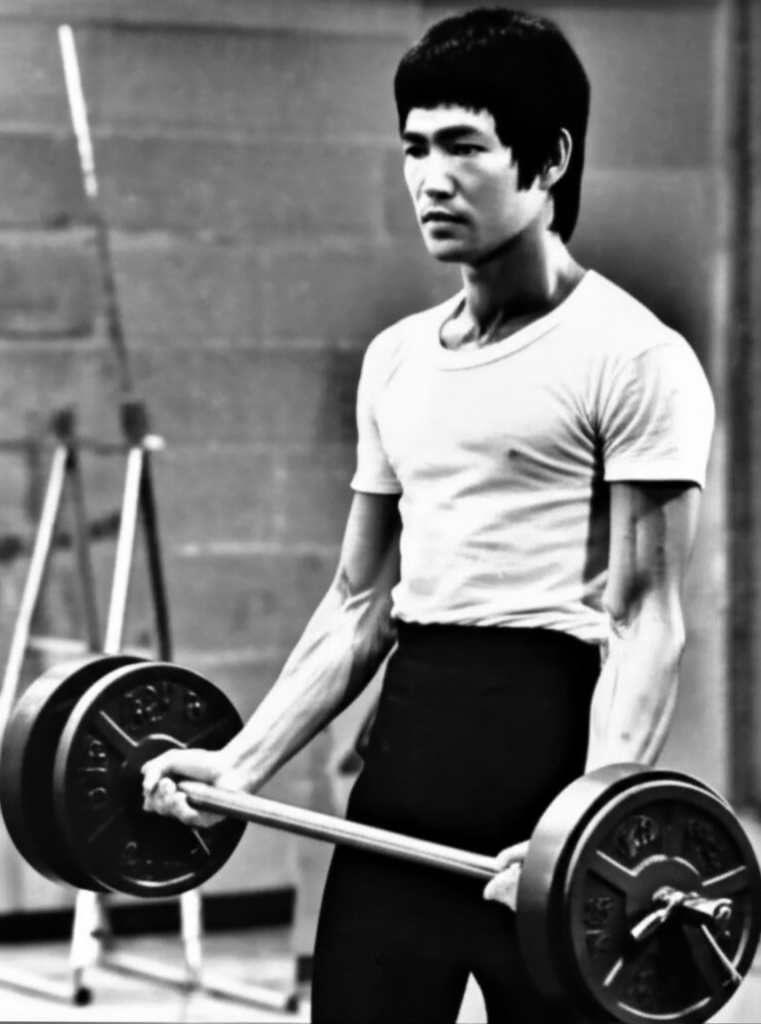
Beyond the Weights: Bruce Lee’s Holistic Approach
While the weightlifting routine provides a snapshot of his gym work, it’s crucial to understand that Lee’s fitness was holistic and integrated. His training extended far beyond just weights, encompassing a rigorous daily regimen of core work, stretching, and cardiovascular exercise.
Cardiovascular and Endurance Training
Lee understood the importance of endurance for sustained combat and overall fitness. He incorporated various cardio activities:
- Running: He jogged 2-6 miles on alternate days and sometimes ran with ankle weights or held dumbbells for added resistance.
- Jump Rope and Cycling: These were also part of his varied cardio routine.
Flexibility and Martial Arts Drills
Stretching was a non-negotiable part of Lee’s day, performed upon waking, midday, and in the evening, often using pulley systems to deepen his range of motion. This was critical for executing his devastating kicks. His martial arts training was relentless and precise:
- Punching and Kicking: He performed over 500 punches daily, alongside shadowboxing, pad work, and heavy bag training.
- Skill Development: He continuously honed left and right-sided kicks in multiple variations.
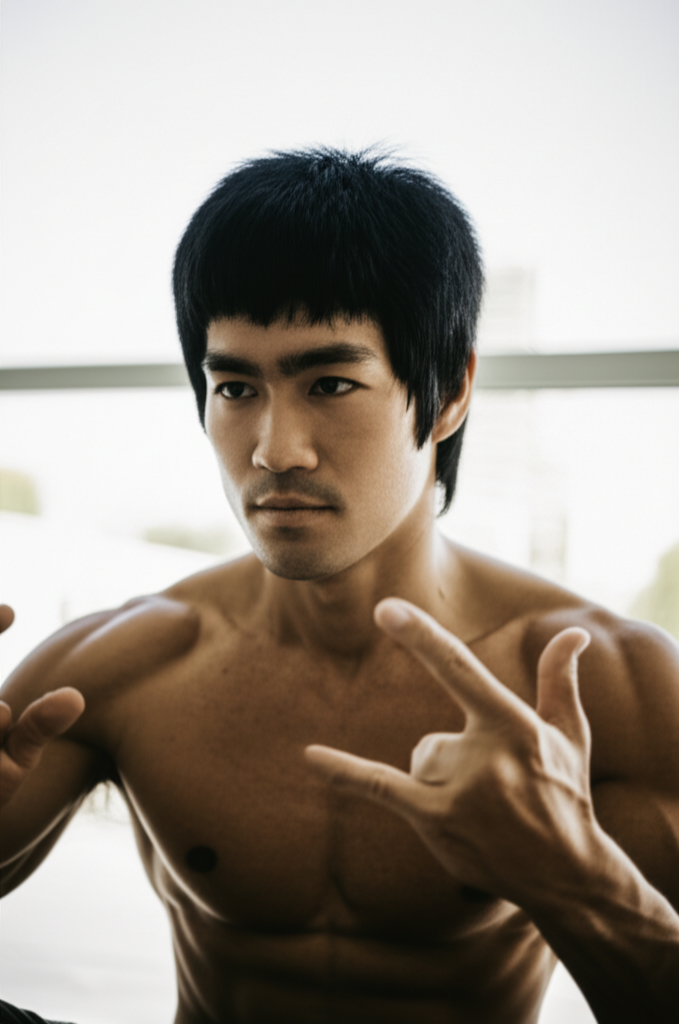
The Philosophy Behind the Physique
Bruce Lee’s training wasn’t merely a collection of exercises; it was an extension of his martial arts philosophy of Jeet Kune Do, which he began to develop around this time. He sought “practicality, flexibility, speed, and efficiency” in his movements, and his training reflected this. He famously advised to “absorb what is useful, reject what is useless, and add what is specifically your own”. This principle guided his continuous experimentation and adaptation of training methods. He was always pushing boundaries, recognizing that physical strength was the foundation for all other physical attributes in martial arts.
His focus was on a body built for speed, control, and striking power, prioritizing precision over sheer volume in his weightlifting, and constantly evolving his regimen to meet his adapting body and goals. He viewed fitness as self-expression, where every movement was a means to embody his identity.
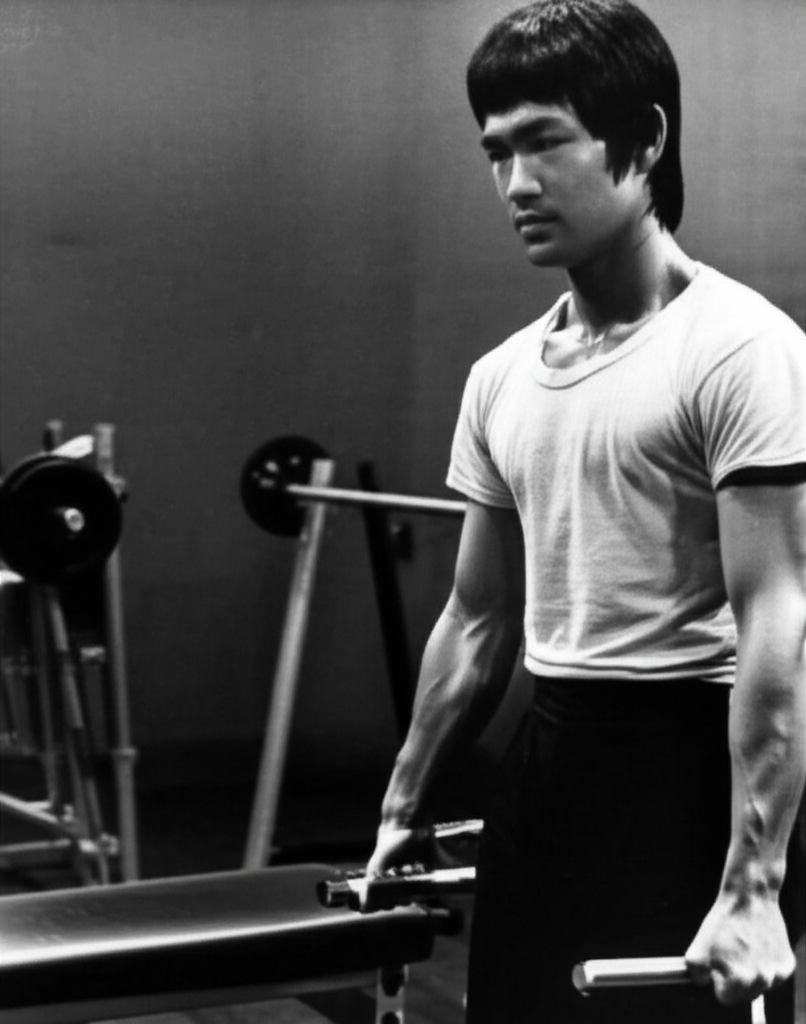
Important Considerations Before Trying the Routine
While inspiring, it’s vital to approach Bruce Lee’s 1960s workout with caution and an understanding of its context. Lee was a highly conditioned athlete with years of martial arts training.
- Consult a Professional: Before attempting any intensive workout routine, especially one developed by an elite athlete, consult with a qualified doctor or fitness professional.
- Listen to Your Body: Lee’s routine was tailored to his specific needs and goals. It’s crucial to adapt any historical workout to your current fitness level, avoiding overtraining and potential injury.
- Progressive Overload: While Lee utilized specific weights, his training philosophy involved manipulating variables like rest, reps to failure, and tempo to create intensity, rather than just progressively increasing weight in the conventional way.
- Holistic Approach: Remember that the weightlifting was just one component of his extensive daily training, which included martial arts, cardio, and stretching.
Bruce Lee’s 1960s workout routine stands as a testament to his pioneering spirit in fitness. It reflects a master’s dedication to physical perfection, not for aesthetics alone, but as an indispensable tool for martial arts mastery and personal growth.


